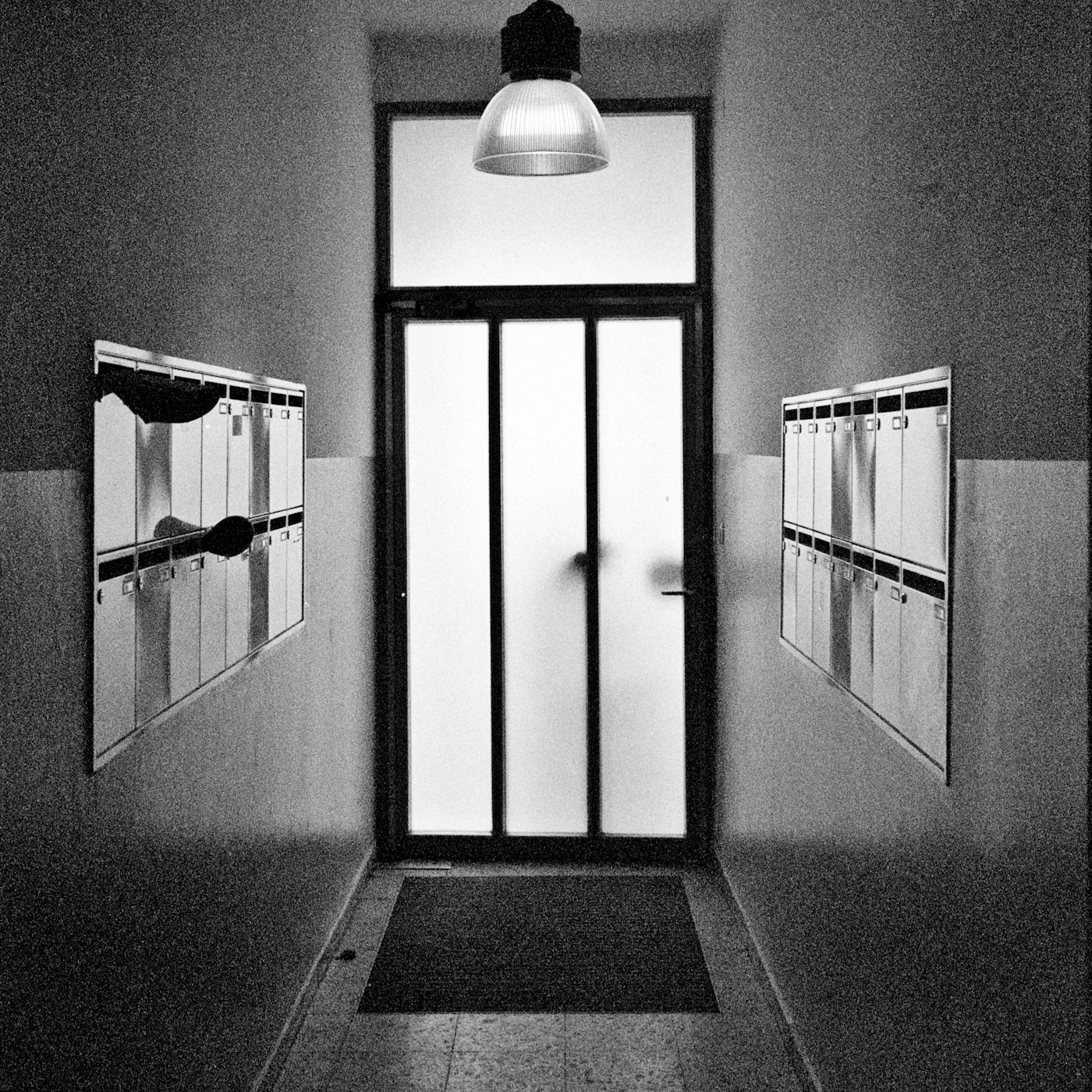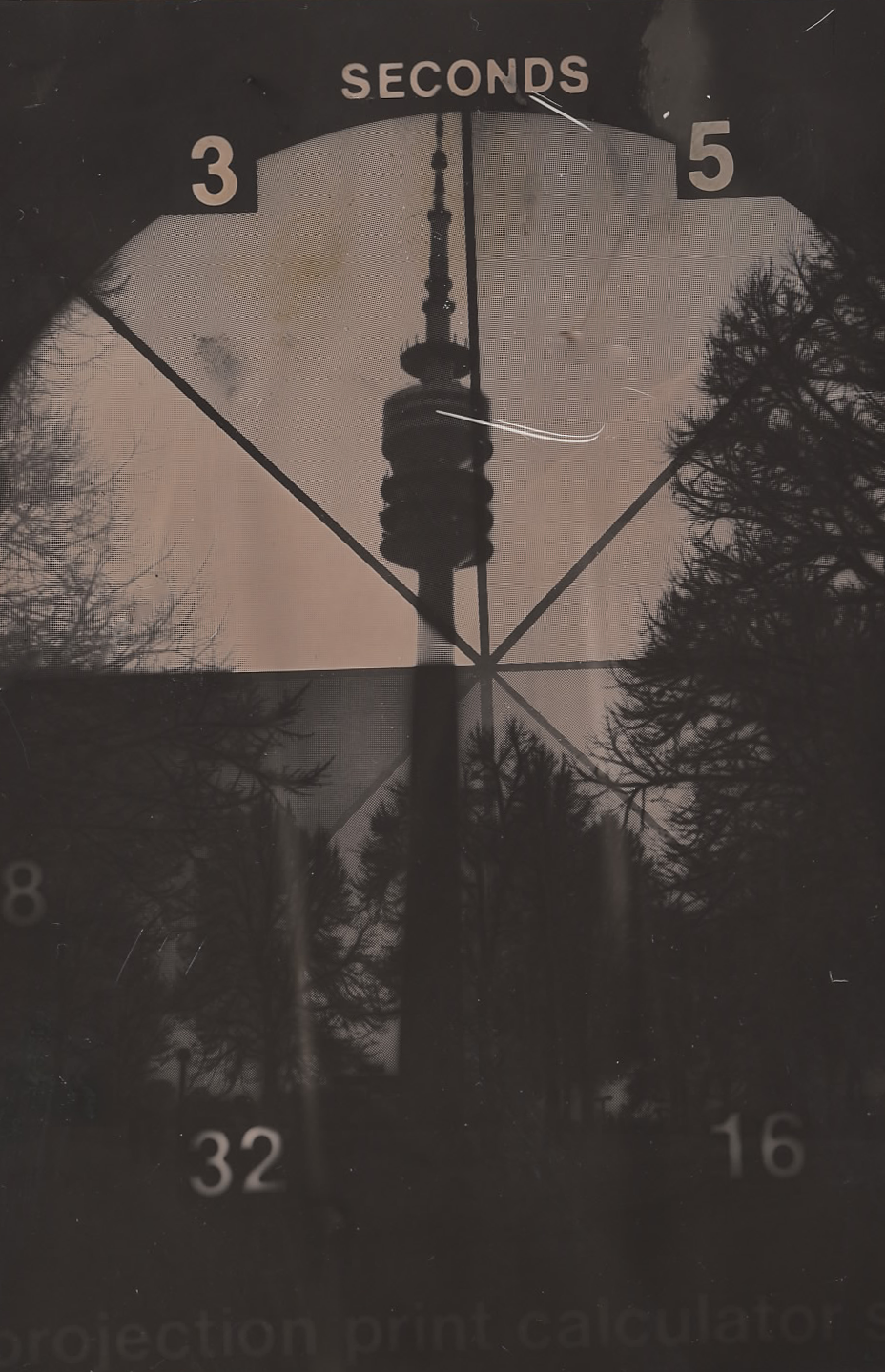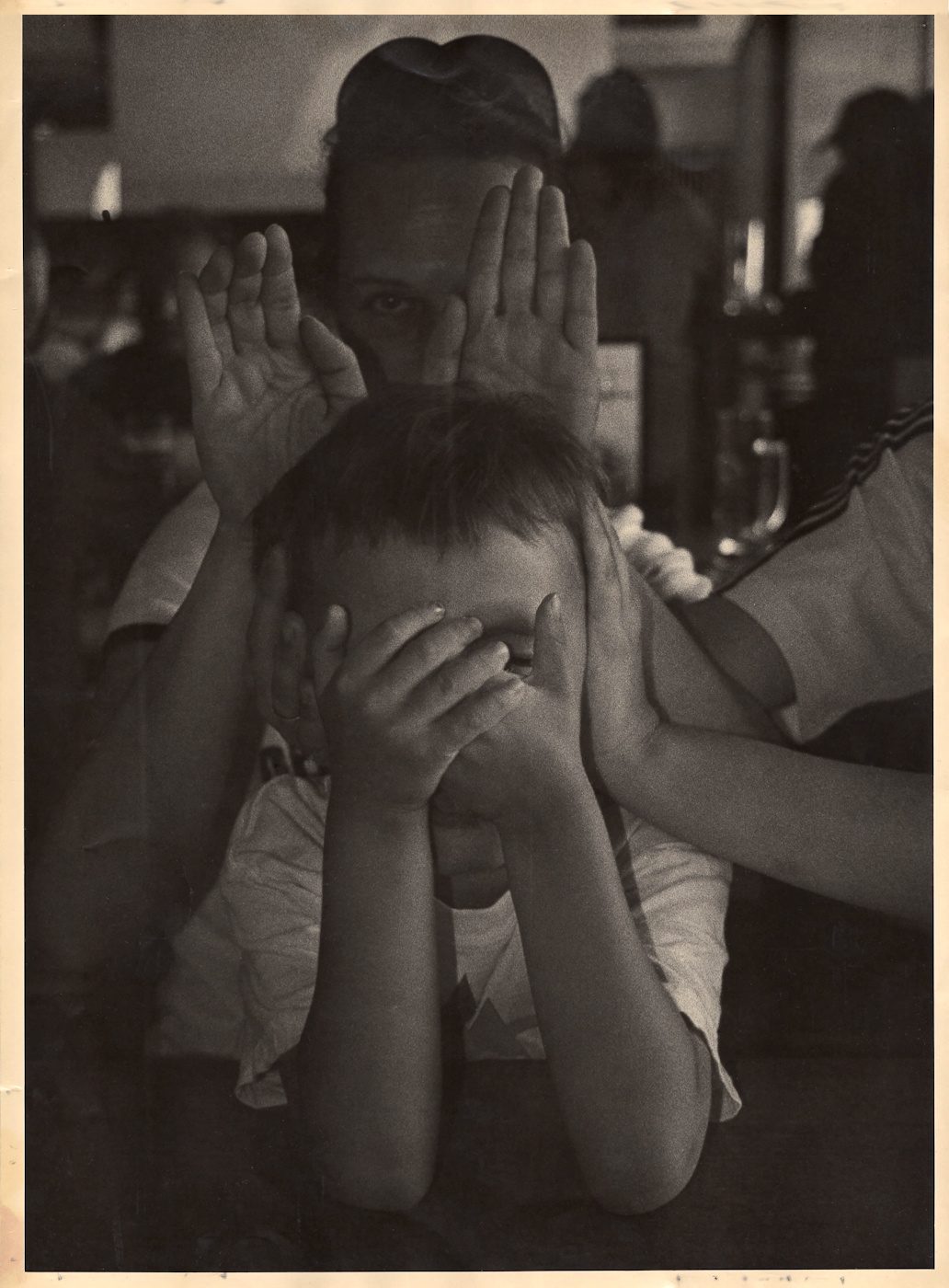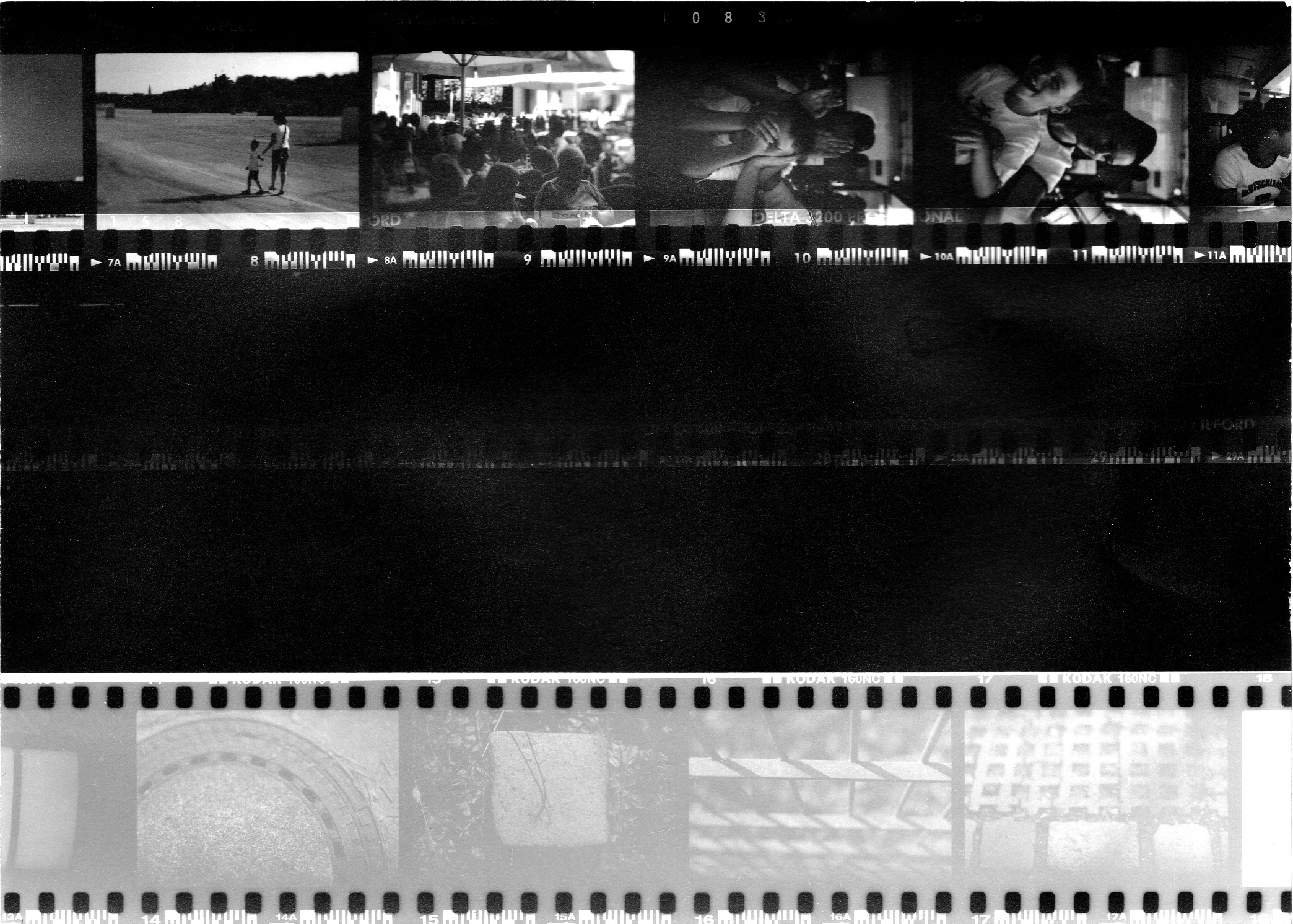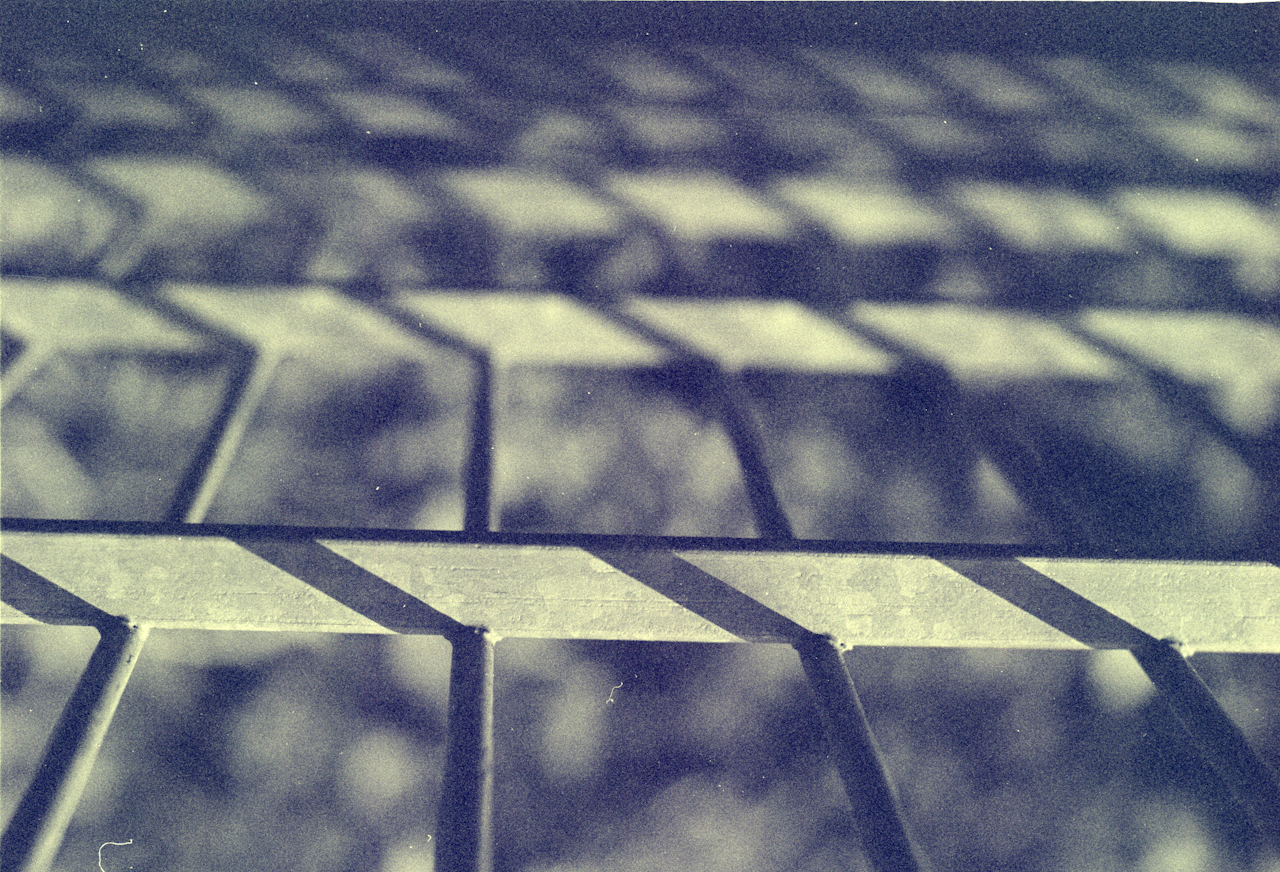f you read a bit about caffenol development or development in general, you will quickly learn phrases like “my negatives came out very dense” or “negatives where thin, but scanned fine”. So what does all that mean?
If you develop color films in caffenol, most likely you will get dense negatives (dense meaning you cannot see through the film in this case), positive films and High ISO films will be denser then low ISO films. These negatives are not very good to produce prints on paper, as contrast is quite low and they have an orange mask. High ISO B&W Films will most likely come out very thin and will look like underdeveloped negatives. Both types will scan fine and with a small amount of Post Processing (Level adjustments) they will look good on a screen.
Like this:
Like Loading...
